AMM conversation with Scott Weiner

Scott’s Weiner’s photography has been published in Newsweek, People, Rolling Stone, Creem, Entertainment Weekly, Time, and a host of international publications. Weiner was Newsweek magazine’s photographer for Live Aid and was the staff photographer for the Live 8 concert. In addition, his photographs have been published in countless books, newspapers, and websites, used on TV shows, and have been used for albums by Paul Simon among others.
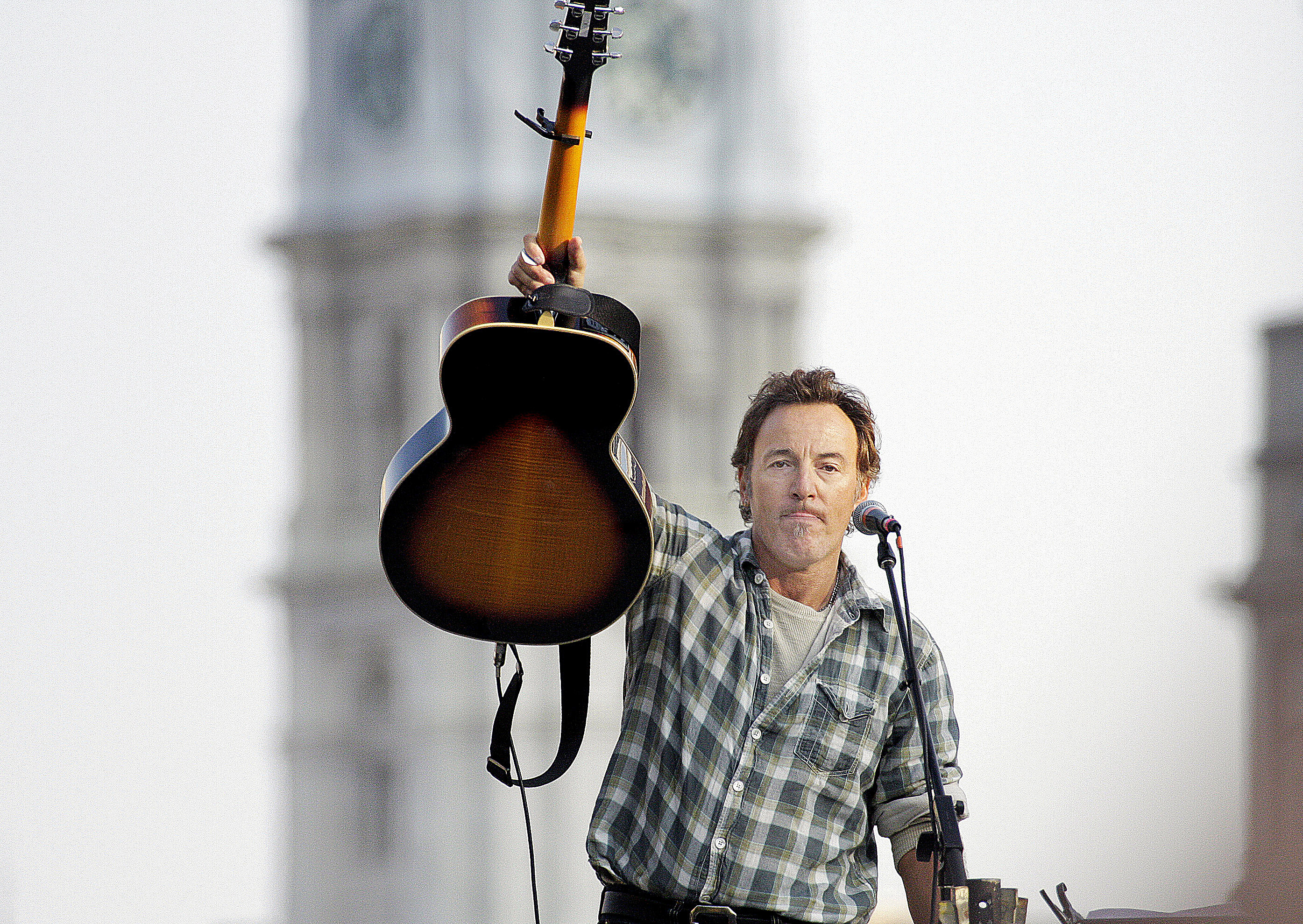
Khahan Tran: Although your work has developed over the years branching into various sectors, you are most renowned for your iconic photographs within the music industry. Tell us about your relationship with music, is there a personal story there?
Scott Weiner: There’s a couple of things that I have not mentioned to anyone. While I was in college at Temple University, I formed a rock band. We called ourselves Marilyn, a good 25 years before Marilyn Manson by the way. I felt I was the only serious member, so we disbanded after our very first live performance at U of P.
Now, much more importantly, my career began serendipitously. During my last semester at Temple University, in 1976, I took a photograph of Leon and Mary Russell at Philadelphia’s legendary Spectrum concert venue. That photograph was published in the Philadelphia Inquirer the day after I graduated and I was off running—and rocking.
Leon Russell was on A & M Records and the label asked if I had additional images of the musician that they could purchase and use. That led to me becoming the local photographer for not only A & M, but also every other label as well.


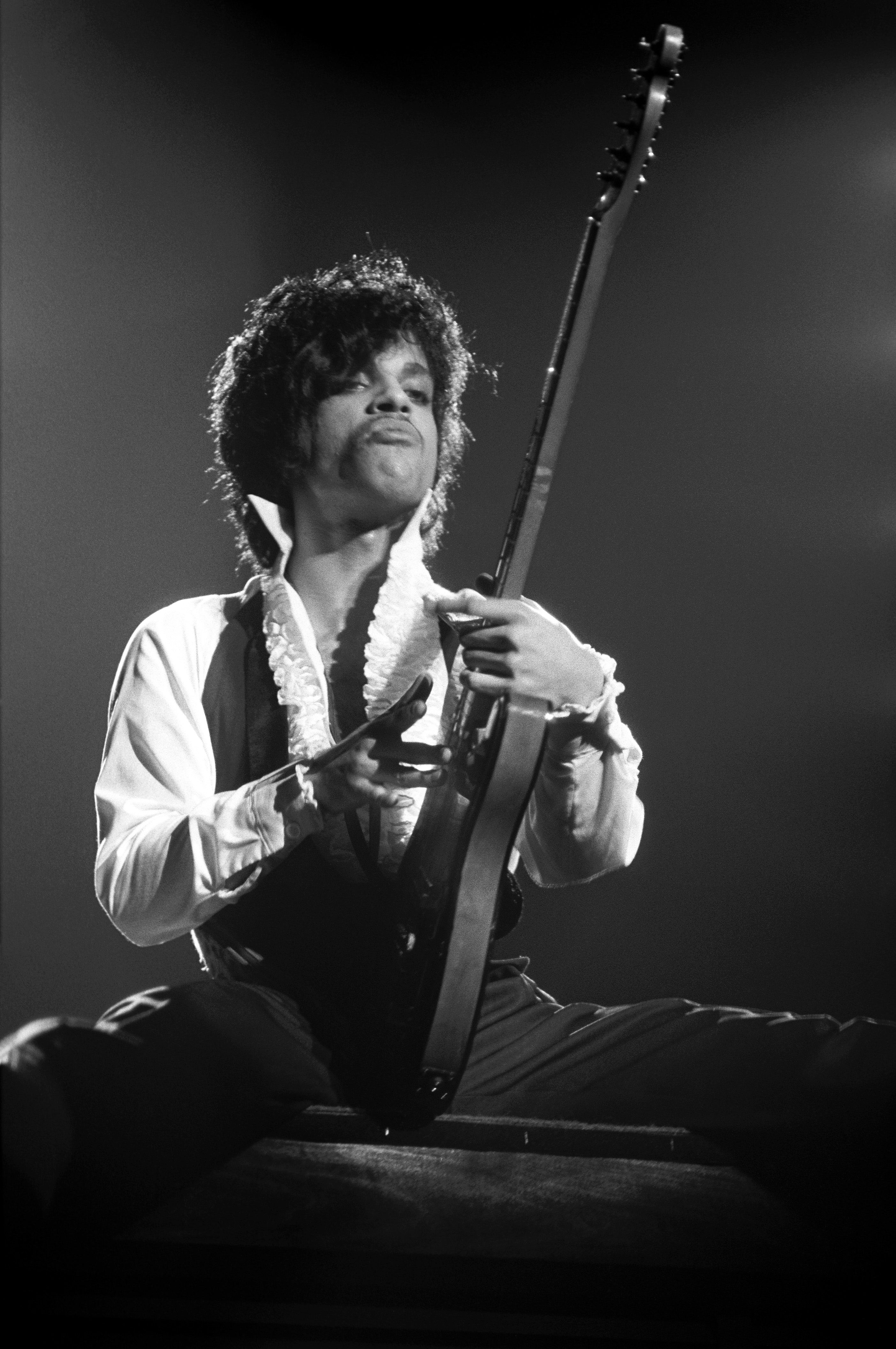
KT: Tell us about some of your best moments of photographing the icons spanning several generations?
SW: Well, we can start with the time I was having lunch at the Four Seasons with Columbia Records top executives and the heads of Philly’s radio stations and George Michael. We were doing a promo tour with George who was showing off his first solo album. I sat next to George and on the other side of me was my boss for the day. He told me only to take photos of George and the radio people. Me, being me at that early stage of my career turned to George and asked if he cared if we did a couple of solo photos. He said yes; I took three black and white photos. His solo record was a huge hit and those three images turned into a dozen different magazine covers. You see, at that point I was repped by a photo agency and life was great.
I have also done a few photo sessions in my house. I remember Debbie Harry being there for a session and me taking the blue satin sheet off my bed and using it as a seamless backdrop. I really have photographed either posed for portraits or in performance almost everyone.
I do regret turning down a photo credential for Elvis Presley. Again, it was early on in my career and the tour had the nerve to tell me in order to be given a pass, I had to pay for a ticket to his show. No way I was going to pay to play as they say. He died and that is a big regret of mine.
On the bright side, I have photographed Live Aid and was the promoter’s photographer for Live 8. I photographed many MTV Awards and Grammy’s. Worked for a lot of BET events in DC and LA. Photographed many Rock and Roll Hall of Fame inductions.
Did a photo session with Ringo in his NYC hotel room. Thanks to Mick Jagger’s personal aid, I photographed the first and second dates of many Stones tours. Was AC/DC’s photographer during music videos.
I remember the time I was on this thing about getting bands to jump in the air as our last image of the session. I asked Jamie Foxx to jump and he did!
I was interviewed on a local TV talk show and the other guest was pretty much the first Paparazzi, Ron Galella. I had some fun with Ron, pulling out a camera from under my chair and giving him a taste of his own medicine. I could go on forever as there are so, so many others.
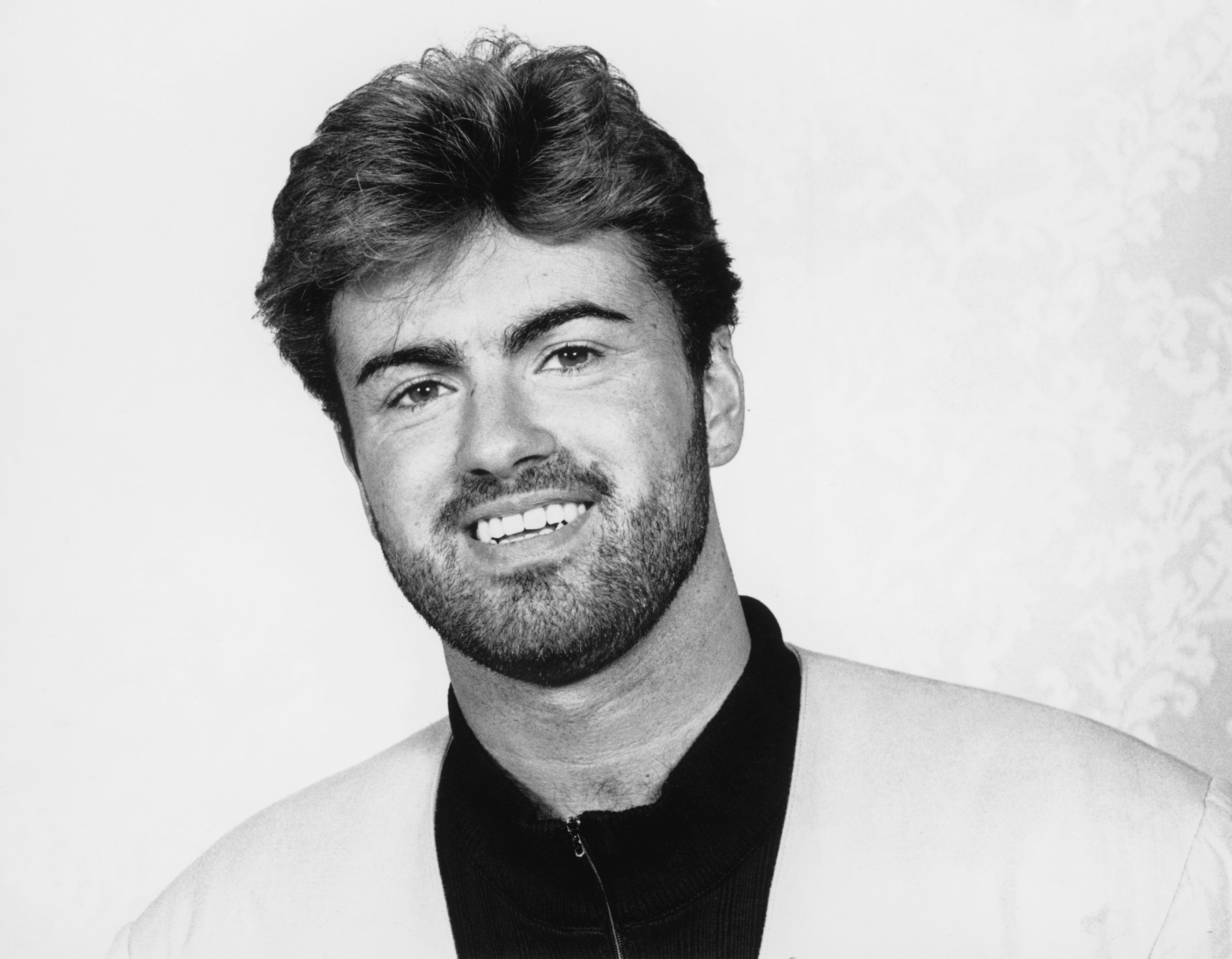
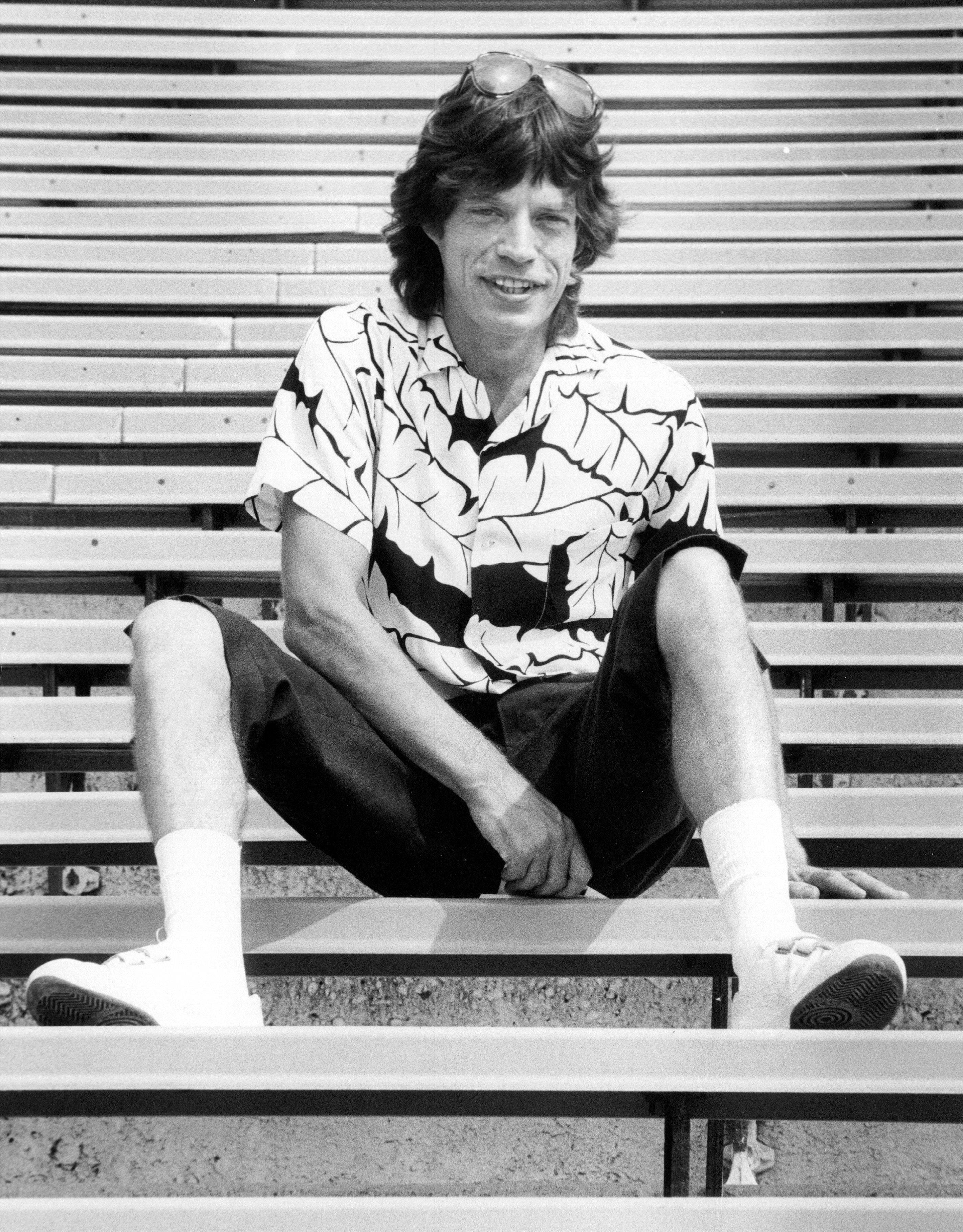

KT: Tell us about Paul McCartney’s photograph, what was your experience like in that moment? There must be a fanatical story behind each photograph of influential figures.
SW: Well, I will talk about a different time with McCartney. It was 1976 and he was touring with Wings. You know, Band On The Run and such. He was the last concert I ever paid for because after that, I was paid to be photographing all the bands. Back to Elvis Presley, that’s why there was no way I was paying for his ticket, on principle. Let me tie in John Lennon here. Three years before I turned pro I got a hot tip that Lennon was up at channel 6 doing the weather of all things. I ran up there and got a few posed images with my first pro camera. Actually, it was my first roll of film in that camera. If you look close enough, you can see me taking his photo reflected in his glasses. Just another sign of things to come.

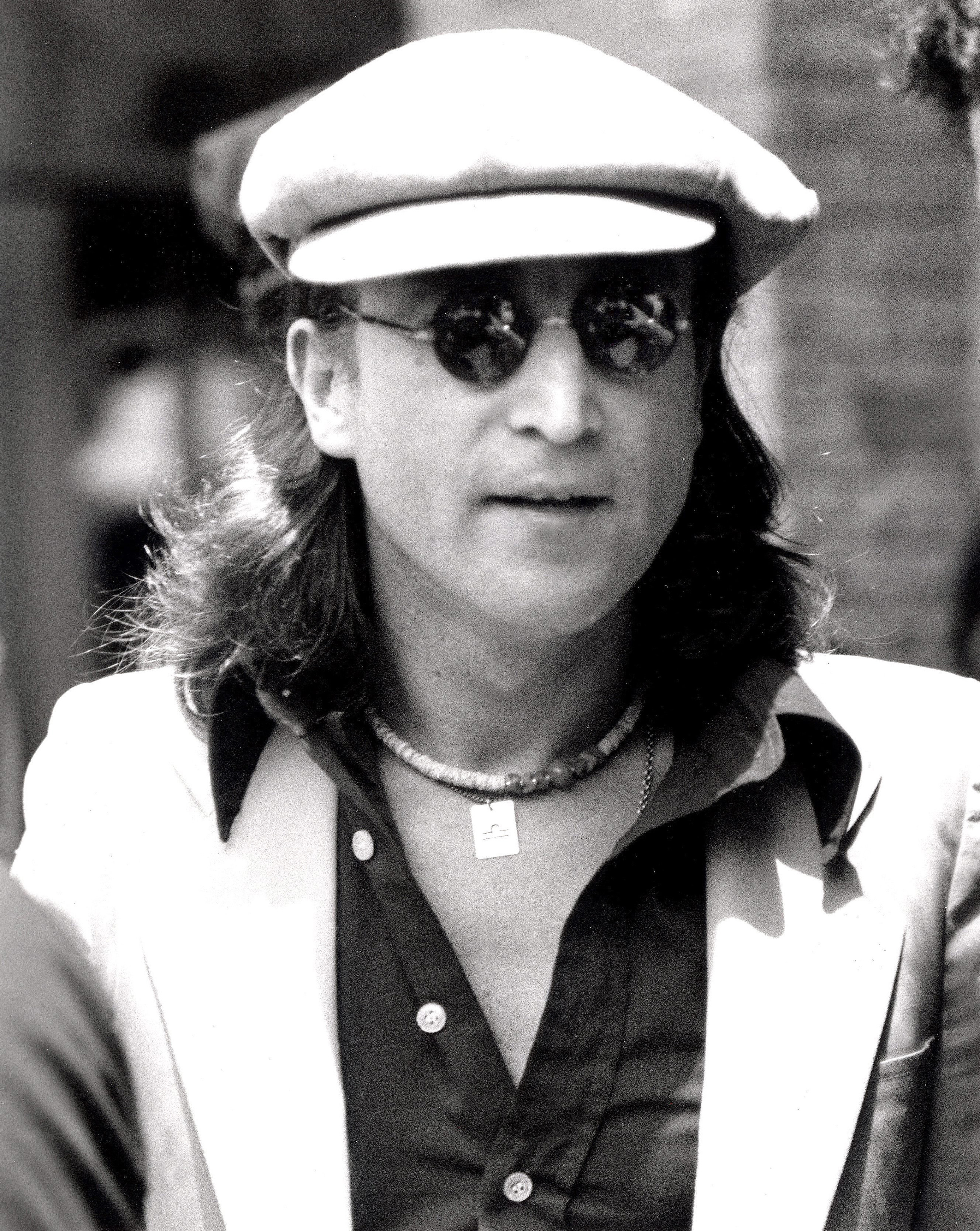
KT: What are your favorite cameras or equipment to photograph such energetic images?
SW: I have and always will use Canon equipment. I use a Canon flash defused by a myriad of tools. I do a lot of my posed images on the fly with my flash off camera. I call what I do, “painting with light”. Of course I also use a studio set up as well when time allows.


KT: How did you transition from being primarily a music photographer, into a public relations photographer? Did your personal inspiration perhaps progressed into other fields?
SW: I started my career working for every record label. But, like most things, the music business crashed and burned because it was hemorrhaging money. Every night I was working for a different label’s party. Every day I would travel around with a different label’s artist. First thing that was done was the labels cut out limos for the artists. Second thing was cutting me out as the local photographer for those labels. My way around that was, I became the limo, taking the artists around in my own car. Oh, the things the artists left in my car! Even that after a while was costing the labels too much. That’s when I branched out. I started working for a client that represented all the film companies. So to this day, I still have that client. The last person I worked with was Sylvester Stallone. Nice guy. His brother and I used to be best friends back in the day. And yes, I still do some public relations but not that much. Let’s remember, I am still a press photographer. I just set up a weekend in April with a Comic Con traveling show just this morning.


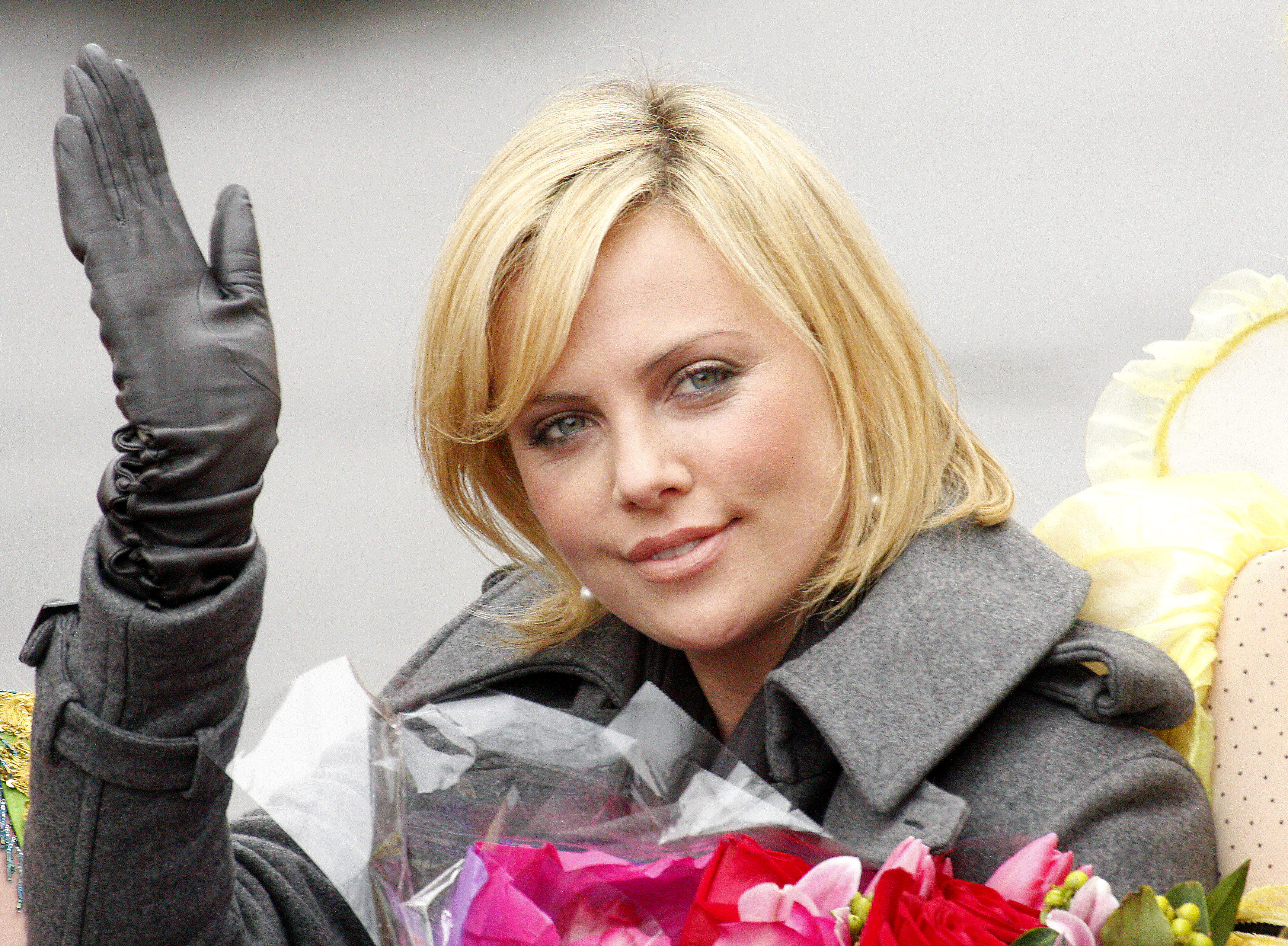
KT: Your work has come to cover various fields, but in a way they all intersect through the aspect of documenting significant moments, would you agree on this?
SW: Sure. I’ll give you that one.
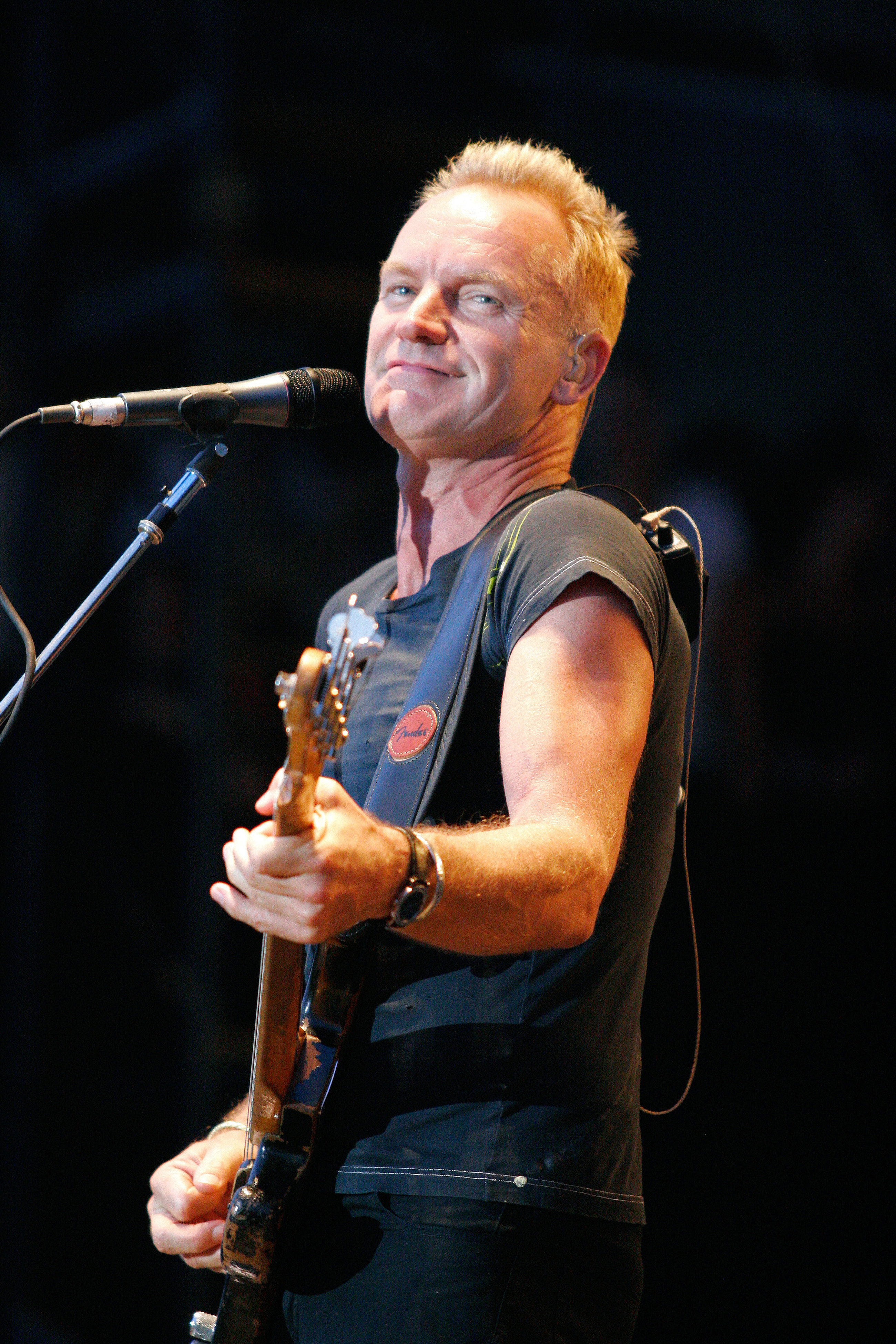
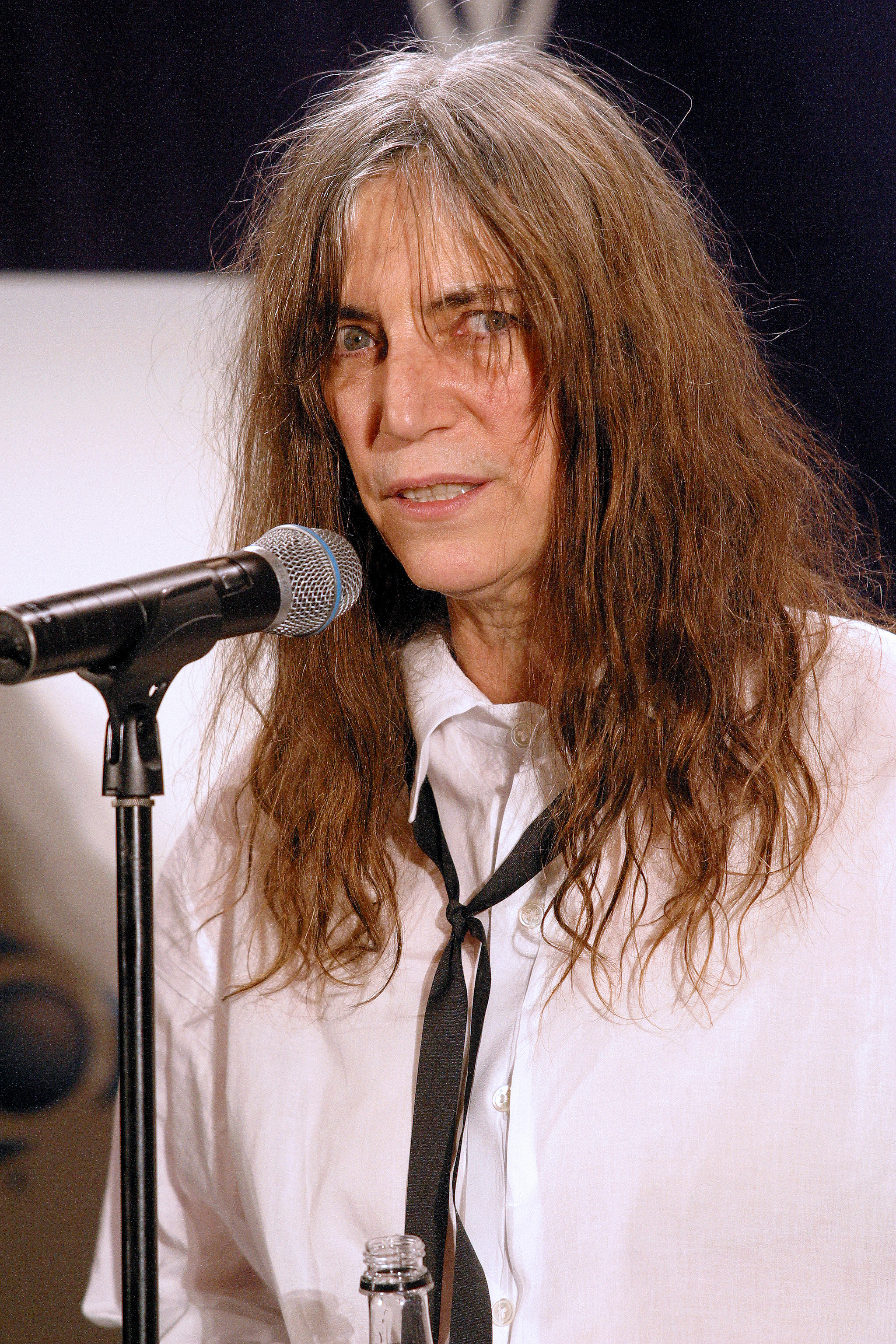
KT: You have an entire section on Israel on your website, despite having worked on numerous other trips, is your work on Israel particularly significant to you?
SW: In a word, yes. My ex wife’s dad was a concentration camp survivor. One of my major clients was a non–profit Jewish organization here in Philly. I still have a whole Lubavitch group as a client that has blossomed from one address when I took them on as a client to four different locations today. Me being Jewish meant so much to me going to Israel for 10 days. All I can tell you is the experience changed me, for the better. We Jews have a saying, “next year in Jerusalem”. I was able to say “I am in Jerusalem” I swam in the Dead Sea. I was at the Wailing Wall. I was in an underground secret ammunition factory from World War II and so much more.


KT: You have been in the industry for decades, and must have seen almost everything the industry has to offer. What would you tell an up and coming photographer, in this digital age?
SW: You will have it easier than I did but you will also have it harder. When I started, the music business was booming. Now, consider yourself lucky if you get to do some photos for free. On the bright side, you are all digital now. No more film costs, including development of film and printing of photos. Not even anymore discs to make, now you just send a link. Last thing I would say that has not changed, is you must be a go getter. Those jobs are not looking for you, you have to go after them.
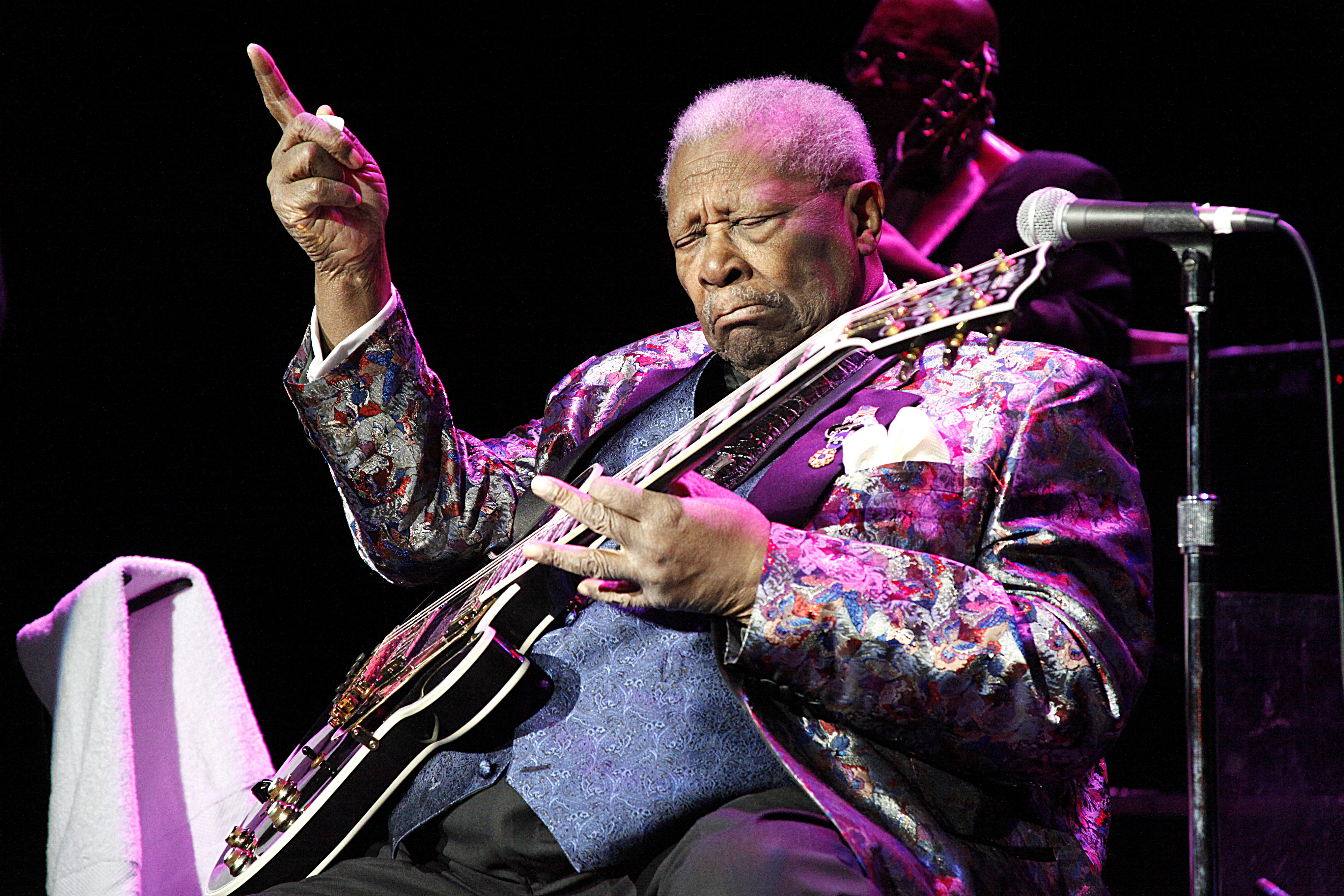

Interview conducted by Khahan Tran.







